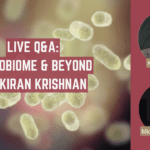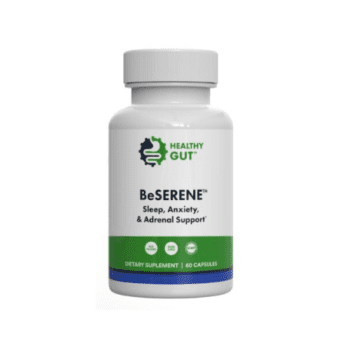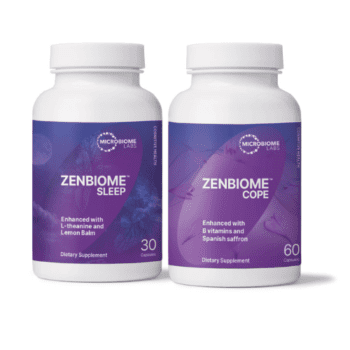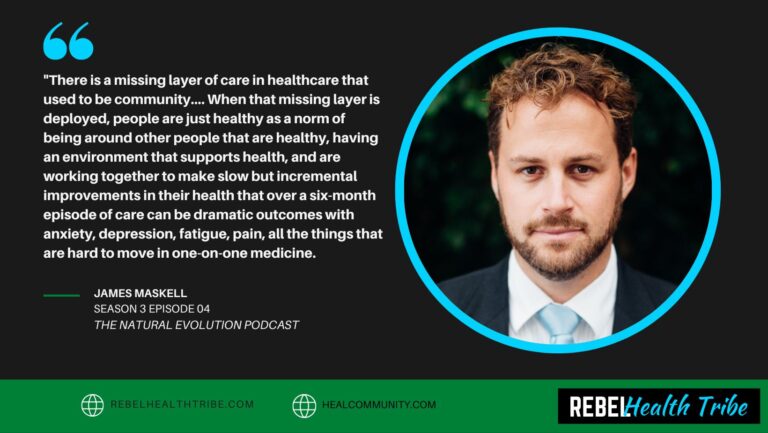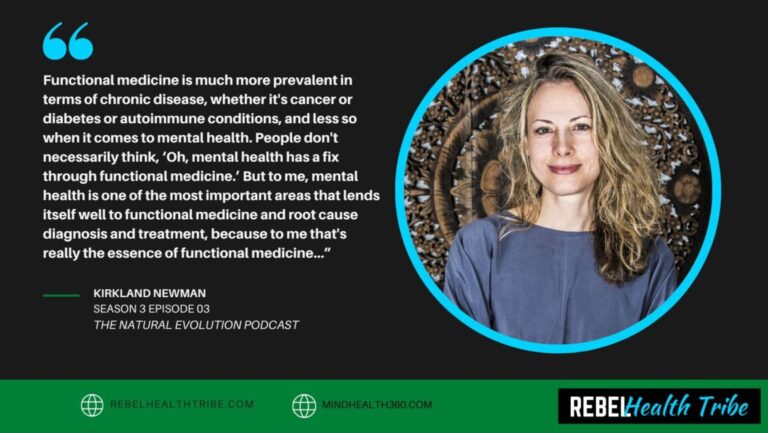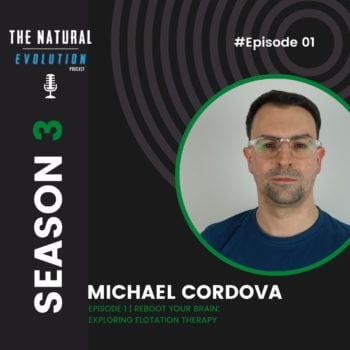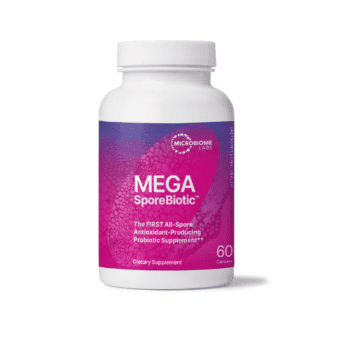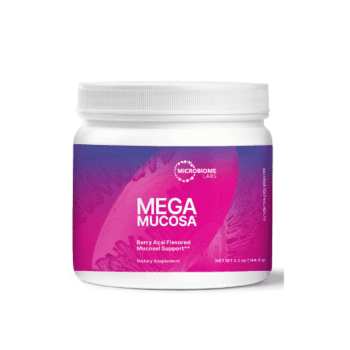
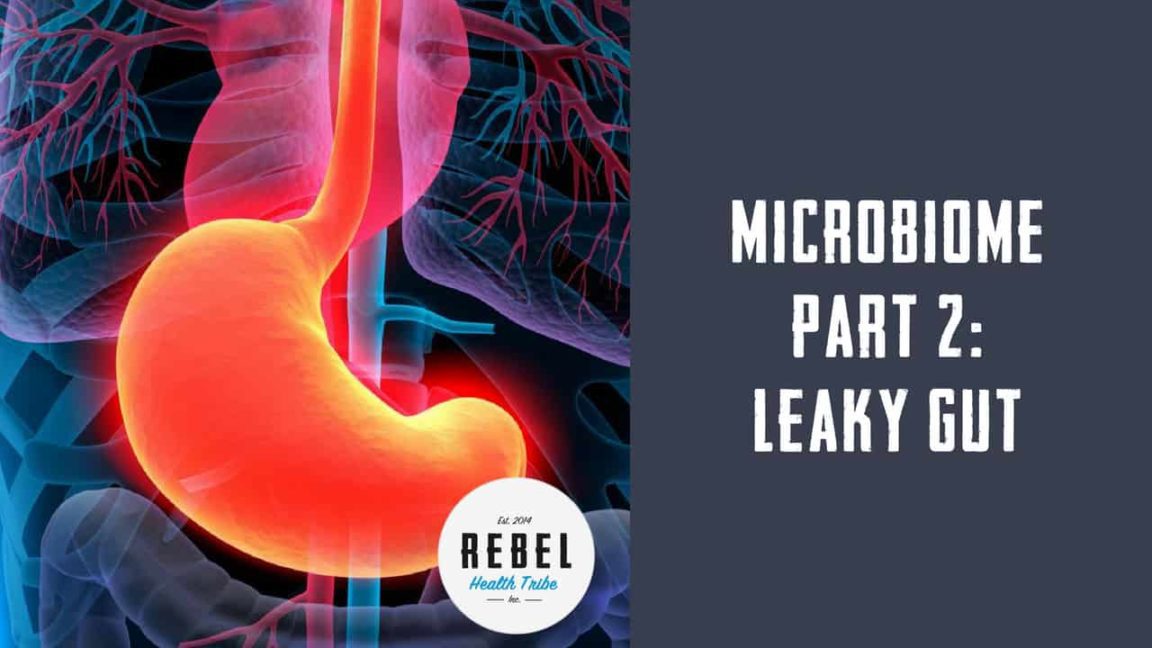
More Posts from
Gut Microbiome & Digestion

Meet Your Microbiome: The Human Microbiome and How to Optimize It
Meet Your Microbiome: The Human Microbiome and How to Optimize

Benefits of Probiotics Including Improved Gut Health
Benefits of Probiotics Including Improved Gut Health “Probiotics” has become

Gut Microbiome Health and the Gut-Immune System Connection: Part 2 Lower GI
Gut Microbiome Health and the Gut-Immune System Connection: Part 2
Michael:
All right. We have a very popular topic here to talk about in the functional health world, and that is “leaky gut”. I’ll put that in quotes also because that’s a commonly thrown around term where I don’t know if people who use it often even understand really what it means or what it is. Before we go further, what is leaky gut, as defined from a biological standpoint?
Kiran:
Leaky gut is the simple way of describing barrier dysfunction. That’s more of the technical term for it. The intestinal lining is supposed to act as the final barrier between us, the inside of our body, which is the blood system, serum, circulatory system, and the outside world, which is everything else that goes on outside of our body. That barrier is absolutely critical to separating things that shouldn’t be getting into our bloodstream that could cause long term and also acute impact on our health, and things that just shouldn’t be passing through it by just a crack and getting sent out through defecation. Barrier dysfunction means that intestinal lining is not functioning the way it’s supposed to. It’s not preventing things from leaking through that barrier.
That can be for a couple of different reasons. One is to understand the barrier, this really critical barrier, it’s actually quite amazing that it’s only one single cell thick. Imagine a bunch of cells standing shoulder to shoulder like this. This is the top of the cell, this is the bottom. They are literally standing shoulder to shoulder like this endlessly, that covers all the way from your mouth all the way down to your bottom. These cells are supposed to be able to spread open a little bit here and there in order to allow or certain nutrients and things to get through. What happens in a chronic inflammatory state where the intestinal linings being subject to inflammation, you get an opening and a lack of closing of that system. That, in itself, can leave long term openings in that barrier that allow things like toxins and bacterial components and viruses and even food particles to leach through and get right into your blood system or your circulatory system.
The other way that the gut can look leaky or physiologically be leaky is these cells are also subject to things like infection and disruption and all that. Every cell in your body dies and gets replaced on a fairly regular basis. When you don’t have a properly functioning microbiome, which controls a lot of the aspects of this layer, when you get one of these cells being infected, let’s say a virus or something comes in and infects it, this cell gets rejected out of that line up. Your body kicks it out. Now you’ve got a gap in between the two cells where that one cell was sitting. If this gap is not filled quickly by a new cell, then it leaves a pretty big gaping hole in your intestinal tract. You can actually see that. There’s actually electron micrographs, which is a real fancy microscope where you can actually take people’s samples of the intestinal tract and you can actually see these big gaps in between certain cells. That’s because some cells were ejected and they weren’t replace quick enough, so you’re stuck with this hole.
The quick replacement of that cell is also determined by the microbiome. That’s how the gut can actually become leaky, meaning all the stuff that shouldn’t be going into your blood system is, on a daily basis, leaking into your circulatory system and eventually causing huge amounts of chronic inflammation, which then drives every disease, basically, that we know of.
Michael:
It’s really only one cell thick?
Kiran:
It’s one cell thick, if you can imagine it, which is crazy to think of. It’s probably the most critical piece of physiology in our body in terms of keeping us healthy in the long term. It’s being bombarded by stuff every single day. Of course everything that we put into our body on purpose and inadvertently, like chemicals and things that we consume inadvertently, all of these things are assaulting this layer that is our final line of protection between the outside world and the purity, if you will, of the inside of our body. It’s one cell thick. There’s nothing we can do about that, but what we can do is the layers on top of it, that are supposed to be protecting it. On top of the cell line, all these cells standing shoulder to shoulder, on top of them there’s a thick layer of mucous that’s supposed to act as a really important barrier. On top of the thick layer of mucous are all the microbes in your microbiome. Those are the two sets of protection before you get to the actual intestinal lining. The breakdown of those is usually where you end up with problems of leaky gut.
Michael:
Like dysbiosis and then damaged mucosal layer, inflamed mucosal layer and things like that?
Kiran:
Yeah. Very simply, one of the things that really drives leaky gut, and even conditions like colitis and Crohn’s and all that, is your immune system reacting to the presence of your own microbiome, your own microbiome, your normal commensal bacteria getting closer and closer to the cell. There’s a thick layer of mucous. The thick layer of mucous actually has two sub-layers in it. The bottom layer is really really thick and highly highly viscous. The top layer is a little less viscous and is more fluid. That’s where a lot of the microbes are swimming around and doing whatever they do.
What happens is as this layer of mucous becomes less thick and so it’s breaking down and you have an unhealthy mucous layer, these microbes that are swimming around on top can actually start penetrating through. As they get closer to the cell lining, your body freaks out, your immune system freaks out, and also lack of recognition of these important commensal microbes causes immune cells to now skirt their way into that mucosal layer and start attacking your very own microbes. That attack creates all this inflammation in that mucosal layer. That inflammation is what drives these cells to go apart and break down.
At the end of the day, for the most part, it becomes an attack of your own commensal bacteria. It’s your immune system mistakenly attacking your own commensal bacteria and your own commensal bacteria mistakenly going through the mucous layers and getting too close to that last final layer of cells.
Michael:
It sounds like a cascade. What are the main … you’ve mentioned a couple of causes, triggers there. What are the main couple that we’ve seen such a surge in this situation?
Kiran:
One big one is the lack of diversity of your microbiome. You need a really diverse set of microbes in this top part of the mucous layer to interact with those immune cells, and in fact there are certain microbes that suppress the immune response against the commensal bacteria that are accidentally floating through. Then the second part is secretory IgA. The secretion of this immunoglobulin, this is the biggest immunoglobulin produced in your system, meaning in quantity. You produce many many grams of it a day. It gets here and it’s supposed to, as bacteria start to trickle closer to the cell, it binds up those microbes and neutralizes them, so that IgA, the secretory IgA is extremely important for just neutralizing everything that could be getting close to this intestinal lining cell.
Lack of diversity, lack of production of secretory IgA, and then lack of production of the mucous layer as well. Mucin 2, which is the thick part of the mucous layer, is something that’s also stimulated by a good diversity of microbiome. Your microbiome dictates the amount of secretory IgA. Your microbiome dictates the amount of mucin that’s being produced. Your microbiome can also dictate what microbes should exist within the microbiome. If you don’t have enough diversity in your microbiome, you have predominance of certain species, you start causing this disruption in the whole system.
The other part of it is just diet. We are consuming foods that are very inflammatory in the digestive tract, and less foods that are fermentable. Things like insoluble and soluble fibers, resistant starches, these things are absolutely critical, because they feed the right types of microbes that are up here. These microbes convert those fibers into short chain fatty acids. Those short chain fatty acids get absorbed into these cells, and then it stimulates these cells to produce mucous and to produce secretory IgA. We’re in control of the whole system by what we put into our gut, into our system.
Michael:
If they’re not getting those substrates, the fibers, then that process doesn’t happen?
Kiran:
It doesn’t happen at all. These cells are dependent on communication from and substrates and metabolites from the microbiome in order to do those functions. They can’t just do them themselves. They are sitting there waiting for signals through butyrate and other compounds that are being produced by the microbiome in order up regulate production of mucous, secretory IgA, anti-inflammatory compounds and so on.
Michael:
Cool. I know that in one of the episodes of Micro Biome series, the webinar series, you talked about some of your favorite, as far as different types of fibers and soluble, insoluble, things like that. If you want those details, you can check that out. There’s links all over this page, probably, wherever this ends up, to take you to the webinar series to check that out, to give that a watch. That’s where we’ll go over a lot more of the details, because this conversation could go on for hours, which it already has. We’ve recorded it for you, so go check that out. We will move on. Thank you, Kiran, for clearing up a little bit of the cloudy leaky gut situation.
Gut Microbiome & Digestion Products
-
-
-
-
$119.98
ZenBiome™ Sleep is formulated to help clients deal with occasional...
Get Social
Recent Podcasts
Recent Courses
Toxicity & Detoxification Masterclass
The toxicity and Detoxification Masterclass covers a wide

5-Week Functional Neurology w/ Dr. Jared Seigler
Learn how to improve your brain health and
Brain & Nervous System Masterclass
16 Leading Experts Share Cutting-Edge Science, Effective Practices,
Wellness Optimization Series
Learn about the immune system and what you
Get the RHT Newsletter
Be the first to get access to special offers, new podcasts, courses, products and events from Rebel Health Tribe.
Facebook
Twitter
Pinterest
LinkedIn
Reddit
WhatsApp
Telegram
StumbleUpon
-
MegaSporeBiotic
$59.99 – $176.95MegaSporeBiotic™ is a 100% spore-based, broad-spectrum probiotic shown...
-
MegaSporeBiotic For Kids Gummies
$39.00MegaSporeBiotic™ Gummies are a 100% spore-based proprietary probiotic...
-
MegaMucosa
$59.99MegaMucosa is the first complete mucosal support supplement...
-
MegaPre Prebiotics Powder
$59.99MegaPreBiotic™ is the first Precision Prebiotic™ supplement made...

Meet Your Microbiome: The Human Microbiome and How to Optimize It
Meet Your Microbiome: The Human Microbiome and How to Optimize It On and in the average human, there reside approximately

Benefits of Probiotics Including Improved Gut Health
Benefits of Probiotics Including Improved Gut Health “Probiotics” has become quite the buzzword – with countless products and supplements proudly

Gut Microbiome Health and the Gut-Immune System Connection: Part 2 Lower GI
Gut Microbiome Health and the Gut-Immune System Connection: Part 2 Lower GI The diverse community of microbes in your digestive

Gut Microbiome Health and the Gut-Immune System Connection: Part 1 Upper GI
Gut Microbiome Health and the Gut-Immune System Connection: Part 1 Upper GI The message is out: gut health is critical



